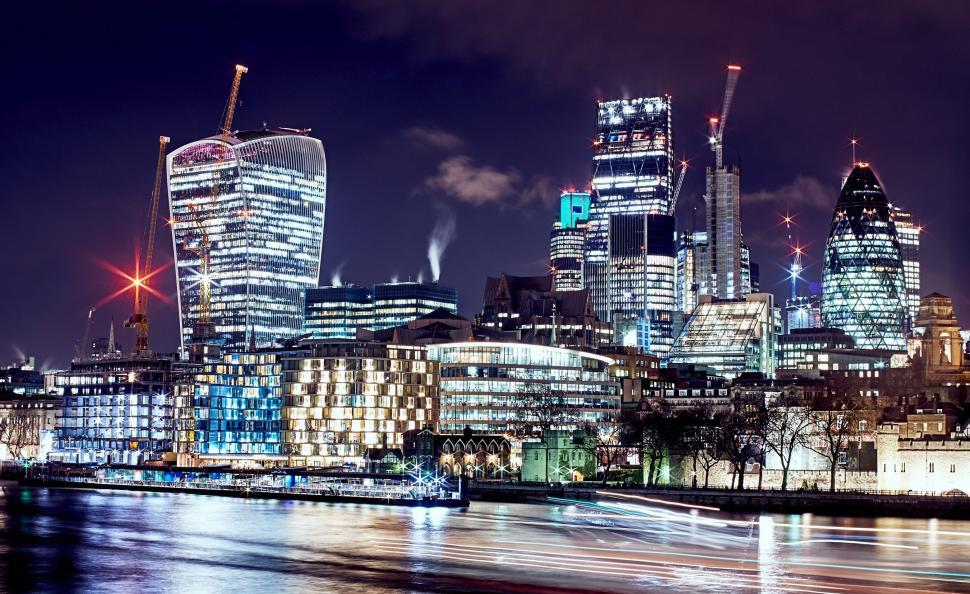UK Economy hits a slow patch in early 2025
- Sam R. Taylor

- Feb 14
- 2 min read
Valentine’s Day 2025 wasn’t all roses for the UK economy. Fresh data showed growth nearly flatlined in late 2024, with GDP inching up just 0.1% in the final quarter—way below what experts had hoped.

The slowdown is casting doubt on Chancellor Rachel Reeves’s plans to kickstart growth, especially after big players like the Bank of England and financial firm EY slashed their forecasts for the year.
The Bank of England now thinks the economy will grow just 0.75% in 2025, down sharply from its earlier 1.5% estimate. EY is slightly more optimistic but still trimmed its forecast to 1%, blaming a mix of sluggish activity, stubborn inflation, and jitters over global trade tensions. It’s a rough start to the year, with fears the UK might be stuck in a low-gear economy for a while.
Inflation Just Won’t Quit
Prices are still climbing faster than anyone wants. Inflation is expected to hover around 2.8% this year well above the Bank’s 2% target. To keep things steady, the Bank might only lower interest rates once every three months, aiming to drop rates to 3.75% by December. It’s a cautious approach, balancing the need to cool prices without slamming the brakes on growth.
On the bright side, paychecks are finally growing faster than prices, and consumer spending could rise 1.6% this year. That might ease some household stress. But businesses aren’t out of the woods yet. While investment is ticking up, tighter lending rules and global uncertainty like potential U.S. tariffs and Brexit aftershocks are keeping many CEOs awake at night.
Chancellor Reeves is walking a tightrope. She’s vowed to stick to strict borrowing rules, but that could mean painful spending cuts to fund growth plans. Meanwhile, geopolitics isn’t helping: a new U.S. administration might ramp up trade barriers, and Brexit’s lingering red tape continues to complicate exports.
Social media is buzzing with frustration. On platforms like X (formerly Twitter), critics blame the government’s policies for the economy’s “meh” performance. Opponents argue Labour’s plans lack the boldness needed to escape the slow-growth trap. Even Reeves’s supporters admit the road ahead is rocky.
Is There Hope?
It’s not all doom and gloom. If wages keep rising and the Bank of England gently eases rates, consumer spending could lift the economy later this year. Businesses might also get a boost if the government tweaks policies to encourage investment. But long-term fixes like boosting productivity, getting more people into the workforce, and smoothing trade relationships—are still missing pieces of the puzzle.
2025 is shaping up to be a make-or-break year. Will the UK shake off this slump, or will it take more drastic moves to get growth back on track? For now, families, businesses, and policymakers are all holding their breath. The next few months will tell us whether patience or a Plan B is in order.




